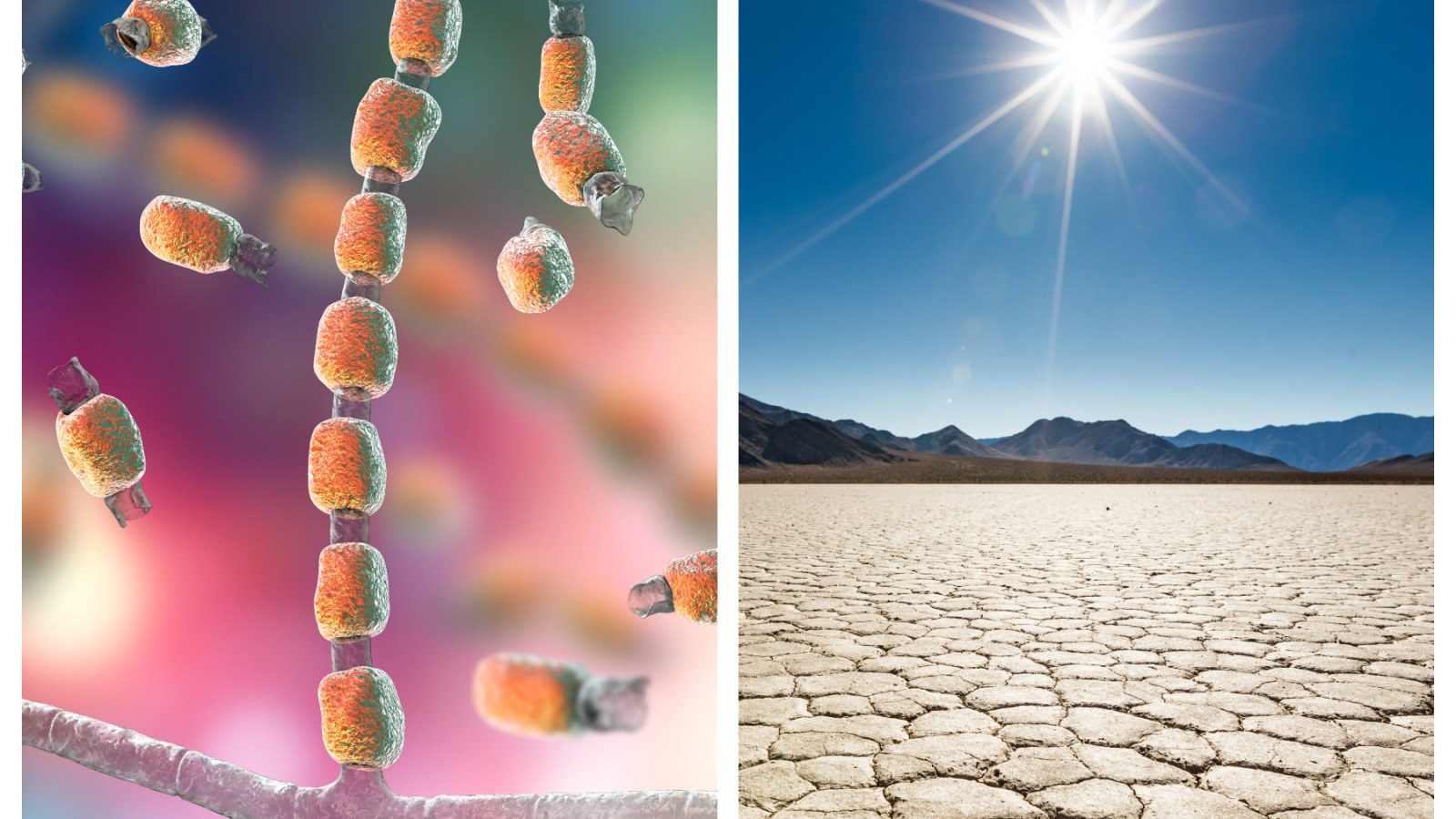Climate change poses significant challenges for Africa, with diverse impacts, risks, and adaptation strategies necessary to mitigate its effects on the continent’s ecosystems, economies, and societies.
Impacts:
- Extreme Weather Events: Africa is increasingly vulnerable to extreme weather events such as droughts, floods, and heatwaves, which disrupt agricultural productivity, threaten food security, and exacerbate water scarcity.
- Sea-Level Rise: Coastal regions are at risk of inundation due to rising sea levels, leading to displacement of populations, loss of infrastructure, and disruption of coastal ecosystems.
- Biodiversity Loss: Climate change threatens Africa’s rich biodiversity, including iconic species such as elephants and rhinos, as habitats are altered and ecosystems destabilized.
- Health Risks: Changing climatic conditions contribute to the spread of vector-borne diseases like malaria and dengue fever, as well as waterborne illnesses, affecting human health and well-being.
Risks:
- Food Insecurity: Agricultural systems are vulnerable to climate variability, impacting food production and livelihoods, particularly for smallholder farmers who lack resources to adapt.
- Water Stress: Increasing water scarcity, compounded by population growth and urbanization, poses risks to water supply, sanitation, and hygiene, affecting human health and socio-economic development.
- Conflict and Migration: Climate-induced environmental degradation can exacerbate social tensions and contribute to conflicts over natural resources, leading to internal displacement and cross-border migration.
Adaptation Strategies:
- Climate-Resilient Agriculture: Promoting climate-smart agricultural practices, such as drought-resistant crops, sustainable land management, and improved irrigation techniques, to enhance food security and build resilience.
- Ecosystem-Based Adaptation: Protecting and restoring natural ecosystems, including forests, wetlands, and coastal mangroves, to provide ecosystem services, regulate climate, and enhance resilience to climate impacts.
- Water Resource Management: Investing in water infrastructure, including storage facilities, water harvesting, and efficient irrigation systems, to enhance water security and manage water-related risks.
- Health Adaptation: Strengthening healthcare systems and public health interventions to address climate-related health risks, including disease surveillance, vector control, and access to clean water and sanitation.
- Community Resilience: Empowering local communities through participatory approaches, knowledge sharing, and capacity building to adapt to climate change impacts, diversify livelihoods, and enhance adaptive capacity.
Addressing climate change impacts in Africa requires a multi-faceted approach that integrates climate adaptation strategies into national development plans, promotes regional cooperation, and mobilizes resources to build resilience and secure sustainable development for present and future generations.
Climate change is already impacting Europeans’ daily lives and will continue to do so for the foreseeable future. Europe is expected to get warmer, some regions getting drier, while others wetter. These changes will not only impact our health but also the ecosystems we depend on. The EU is preparing to live with a changing climate through various adaptation measures.
Climate change is happening now — and even if we effectively reduce global emissions, it will continue to impact our lives. Flooding, droughts, heatwaves and other climate-related hazards are becoming more intense, longer and more frequent. These hazards carry significant health and economic impacts. While all Europeans are affected by climate change, some communities and regions are more vulnerable.
Extreme weather events like storms, heatwaves and flooding accounted for 85,000 to 145,000 human fatalities across Europe, over the past 40 years. Over 85% of those fatalities were due to heatwaves. Economic losses from weather and climate-related extremes in Europe reached around half a trillion euros over the same period.
Less than a third of non-human losses were covered by insurance. Closing the climate protection gap by increasing insurance coverage can help increase societies’ ability to recover from disasters, reduce vulnerability, and promote resilience.
Building infrastructure that is resistant to hazards and using nature-based solutions like floodplains are examples of adaptation measures. Climate change adaptation measures are critical to increase our resilience and reduce disaster risks for all people in the EU.
Climate change is impacting Europe’s environment and people in many ways. Extreme weather events like heatwaves, storm surges, droughts, and floods have the most significant effects.
- Extreme weather has health impacts, particularly on vulnerable groups. The elderly, children and people in poor health are more likely to be affected by heatwaves, for example.
- Global mean near-surface temperature between 2013 and 2022 was 1.13 to 1.17°C warmer than the pre-industrial level, which makes it the warmest decade on record. European land temperatures have increased even faster over the same period by 2.04 to 2.10°C.
- Between 1980 and 2021, weather- and climate-related extremes caused economic losses estimated at EUR 560 billion in the EU Member States, of which EUR 56.6 billion from 2021.
- Diseases are moving north. Mosquitos and ticks carrying infectious diseases are gaining a foothold in many parts of Europe.
- Arctic sea ice has declined by an average of 76,000 km2 in summer and 32,000 km2 in winter since 1979.
- Severe droughts caused a 3% annual vegetation productivity loss in affected areas from 2000-2019.
- Forest fires coinciding with record droughts and heatwaves affected central and northern European regions that are not typically prone to fires and had devastating effects in southern Europe.
- Soil moisture in the growing season was far below the long-term average in EEA member countries plus the UK from 2000-2019.
Across the EU, climate change adaptation measures are being taken to decrease specific risks and impacts. In February 2021, the European Commission adopted the EU Adaptation Strategy. The Strategy outlines a long-term vision for the EU to become climate-resilient by 2050. All EU Member States have also adopted adaptation strategies and/or plans specific to their country’s needs and risks.
Examples of adaptation projects include:
- Preventing flooding through urban adaptation measures, like new locks in Albert Kanaal in Flanders, Belgium.
- Saving energy and reducing emissions with nature-based solutions, like green roofs.
Climate adaptation methods like these will make Europe more resilient to the impacts of climate change. By climate-proofing our infrastructure and enhancing nature-based solutions, we can be prepared for today’s and tomorrow’s climate change risks and impacts.




